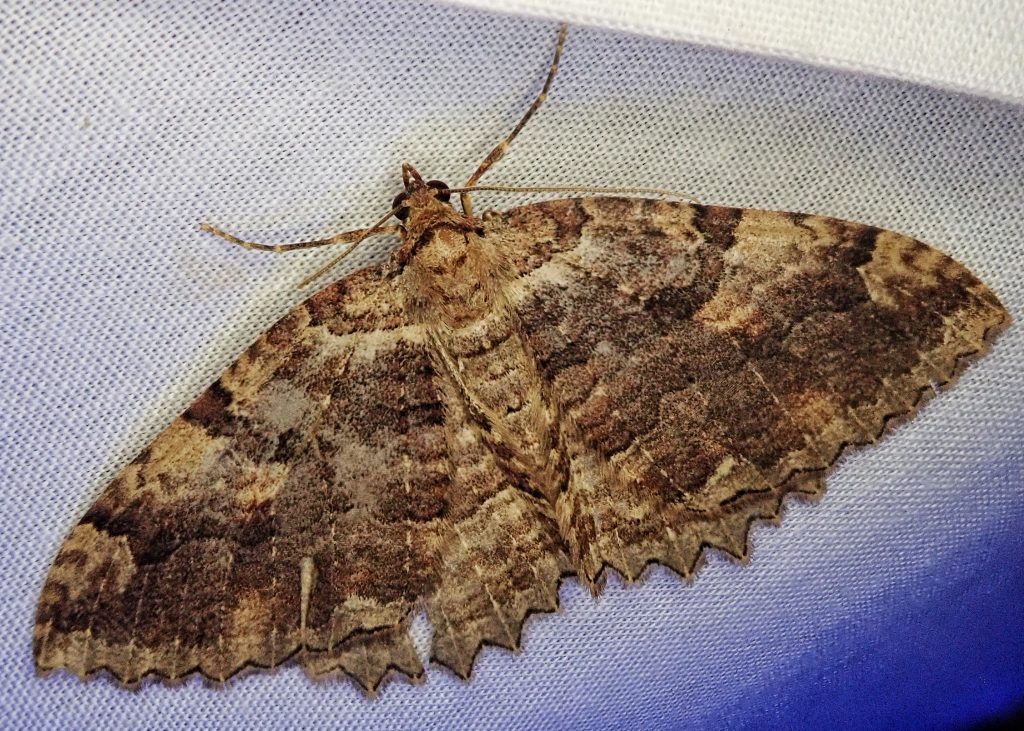
This fairly large geometrid goes by the common name of American Tissue Moth, although I cannot seem to find out why they are called tissue moths. They are highly variable in patterning, but fairly recognizable in spite of that after the first couple of dozen. Which is not to say I’ve never misidentified one. Even with experience one needs to see what is there, not what you think will be there.
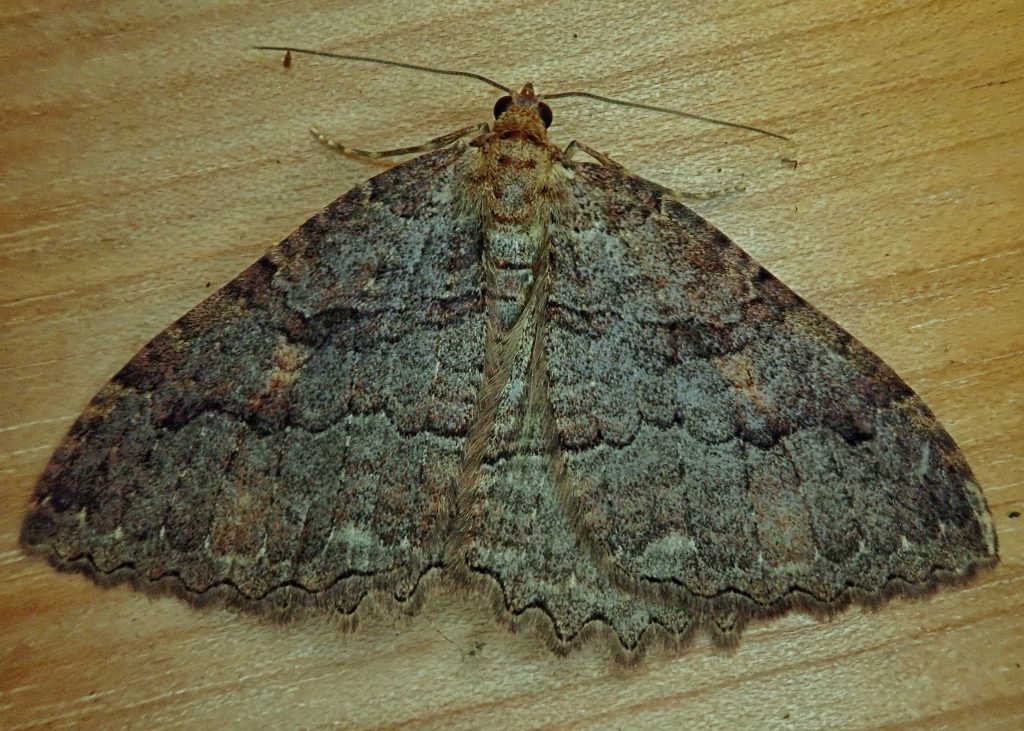
This is a common moth, and it has a fondness for UV lights. Offhand I don’t remember many nights of mothing where at least one of these didn’t show up, and there have been many times there were well over a dozen just hanging out on the sheets. I have the (probably mistaken) belief that they act like decoys and lure other moths to settle on the sheets, so I seldom disturb them beyond photographing an oddly patterned one to add to my catalogue of their almost endless phenotypic variation.
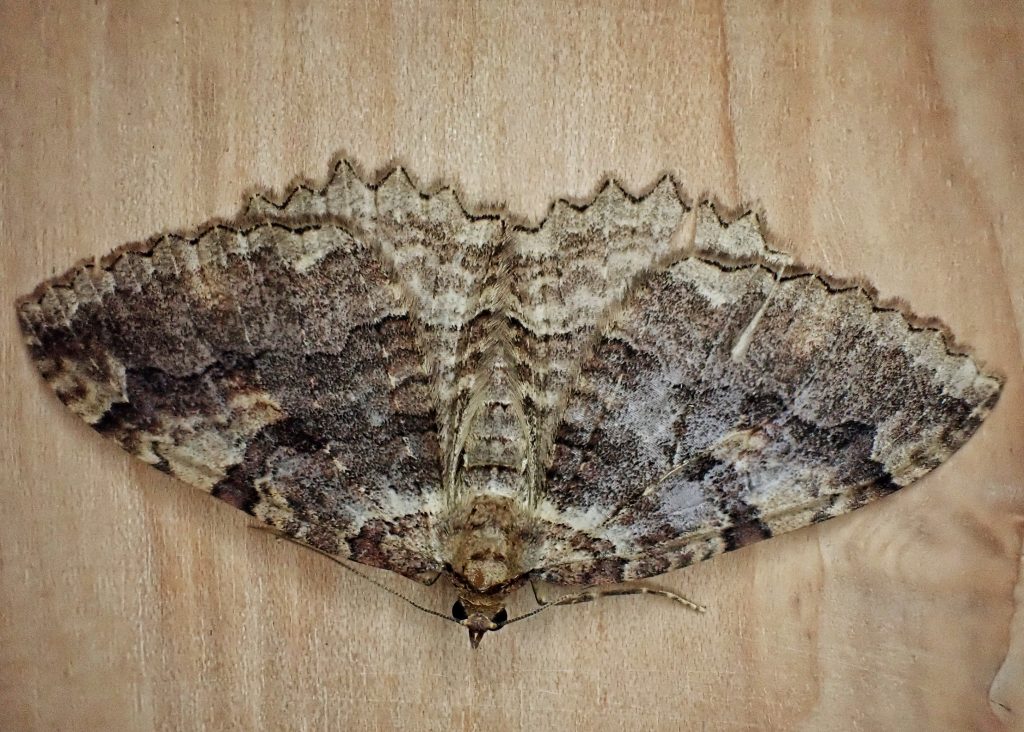
One of the most interesting things about this species is that the adults overwinter in caves, mines, and other relatively humid, protected locations where the temperature remains cold but fairly stable, and doesn’t get down to freezing. I’ve yet to find one in a cave, although I have found the frequently sympatric Scoliopteryx libatrix (The Herald) in an abandoned mine near Olympia, Washington. T. haesitata prefers warmer and more humid conditions than S. libatrix, and is usually found farther from the entrance. One aspect of cave dwelling that is problematic is that they often share the space with bats, who are rather fond of a moth meal, at least when they are not hibernating themselves.
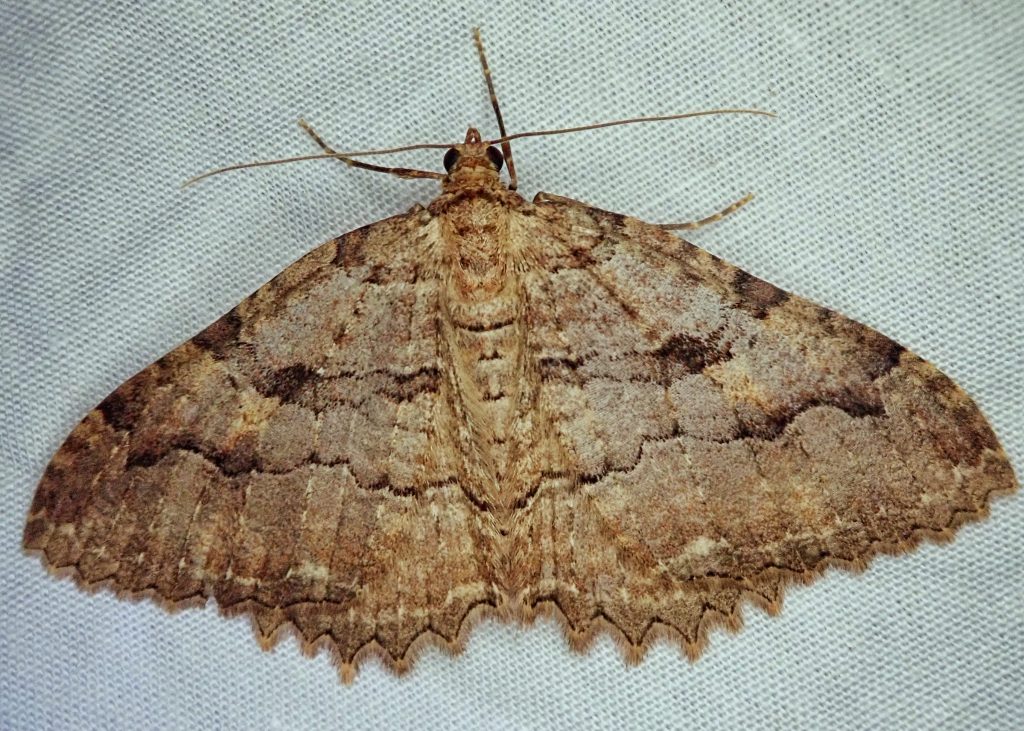
Description-Large (forewing (fw) length up to 20mm) Geometer, with moderately scalloped fw margin and acutely scalloped hw (hindwing) margin, with a barely sub-marginal black line paralleling the scallops; variable wavy banding in shades of reddish brown, tan, grey, and black, which is relatively undefined, except for distinct antemedial, medial, and post medial transverse lines; amorphous dark discal blotch; hindwing mottled light greyish brown.
Similar species– T. californiata is smaller, darker and less contrasted, and often has yellowish scales in the discal area and along the veins; Coryphista meadii has more aggressive and less regular scallops on hw, a more defined discal spot, toothed rather than wavy postmedial line near the costa, and the hw is only slightly lighter than the fw
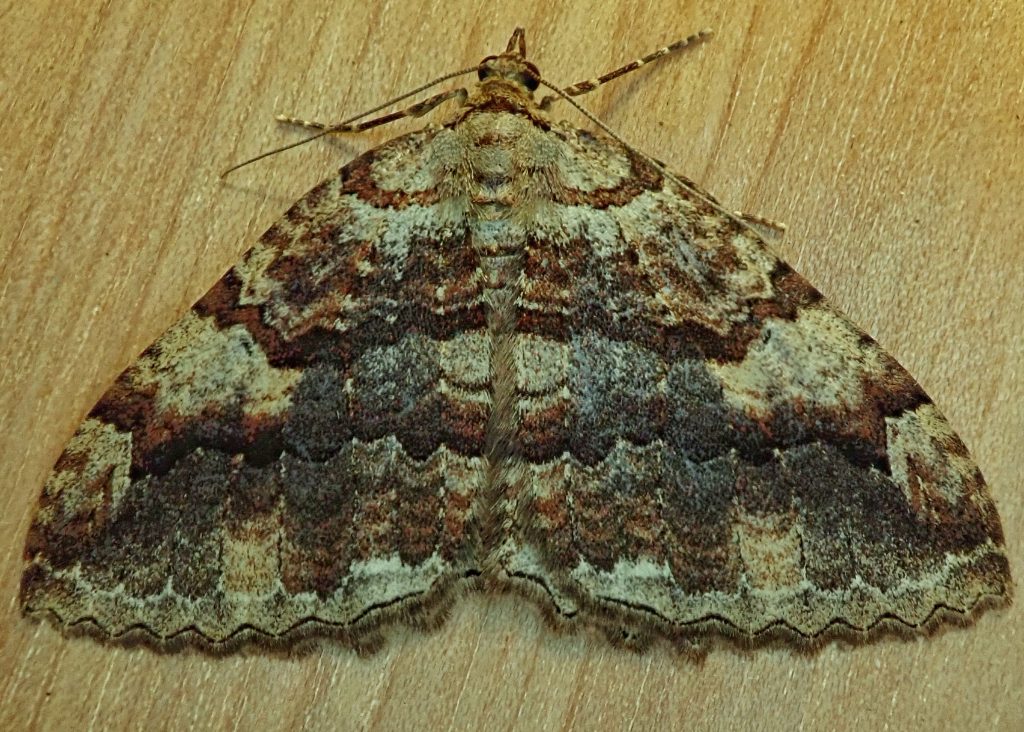
Habitat-Moist to mesic wooded areas.
Range-Northern North America; primarily west of the Cascades in our region, as well as ne Washington, n Idaho, ne Montana.
Eats-Preferred larval host is Frangula purshiana (cascara), but apparently they will also utilize Prunus spp and Quercus spp in the absence of cascara, and occasionally Mahonia spp.(Oregon grape)
Adults active-February to November; adults overwinter in caves and other protected, temperature stable locations, and emerge in early spring.
Etymology of names– Triphosa, as near as I can tell from Stephens’ 1829 description of this genus, would seem to come from the biblical word ‘tryphosa’ meaning thrice shining, since the glossiness of this genus was an important distinction to him. The specific epithet haesitata is from the Latin for ‘hesitant’, and I believe Guenee may be making a joke, or at least a humorous reference to the fact that Linnaeus used the term dubitata (dubious) as a specific epithet for the European Tissue Moth. But I can’t read French, so I can’t say for sure.
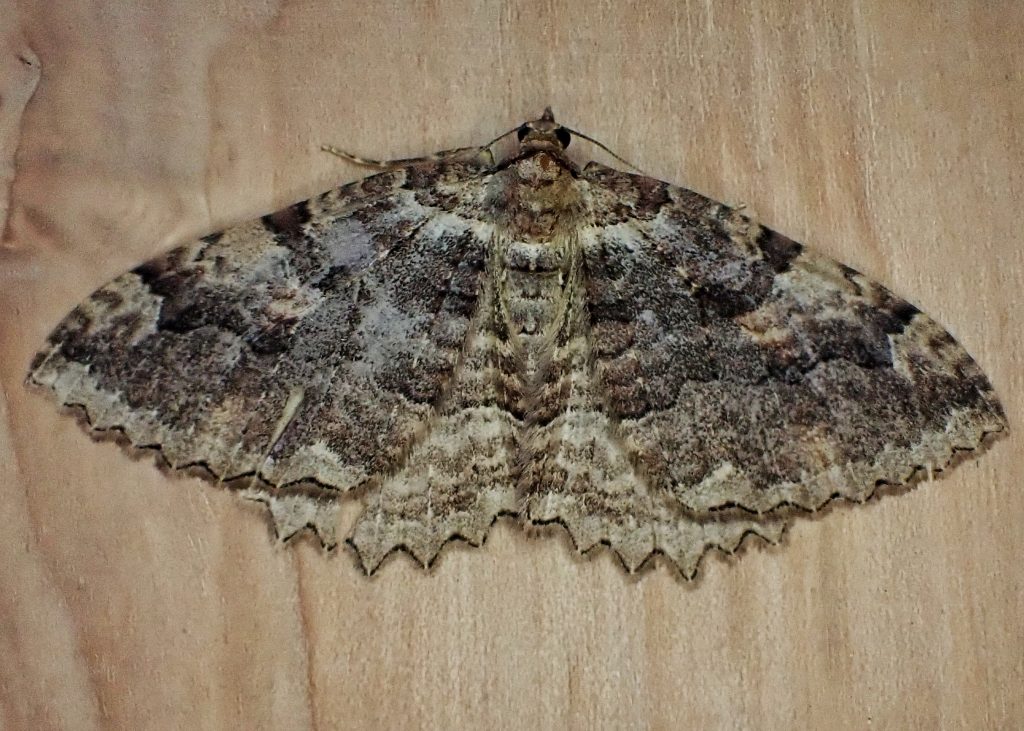
Species Triphosa haesitata – Tissue Moth – Hodges#7285 – BugGuide.Net
https://calscape.org/lep/Triphosa-haesitata-(Tissue-Moth)?srchcr=sc5df0c555ebd7d
https://www.butterfliesandmoths.org/species/Triphosa-haesitata
http://mothphotographersgroup.msstate.edu/species.php?hodges=7285
https://images.peabody.yale.edu/lepsoc/jls/1990s/1993/1993-47(2)106-McKillop.pdf
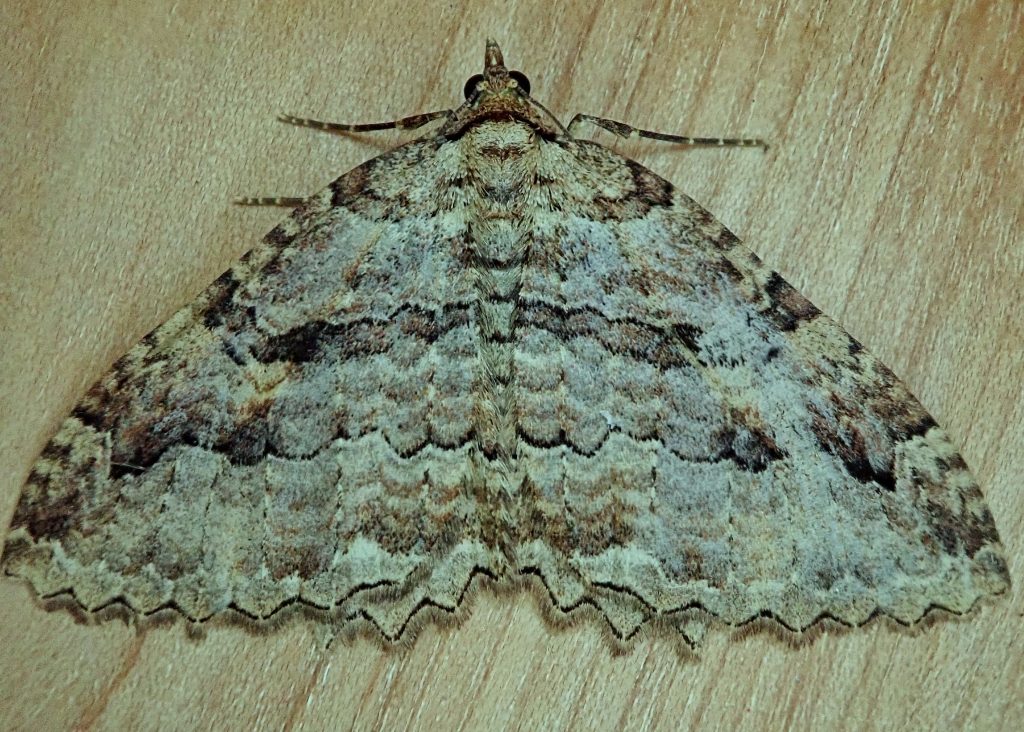
Interesting speculations on the name!
Wish it was more than speculation! It wasn’t until the 1900s that there was a requirement to explain the derivation of the scientific name.
Very interesting! Beautiful pics! ☺️